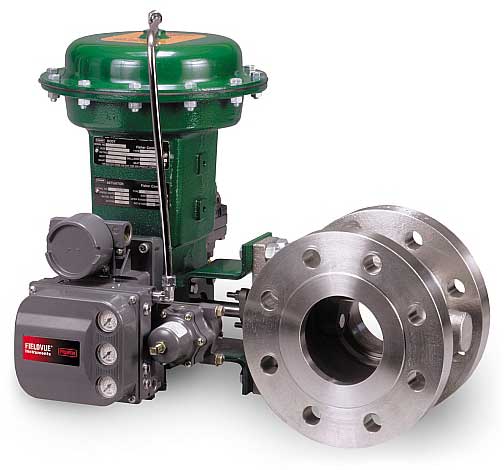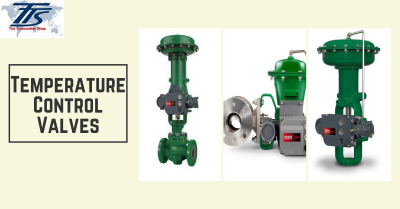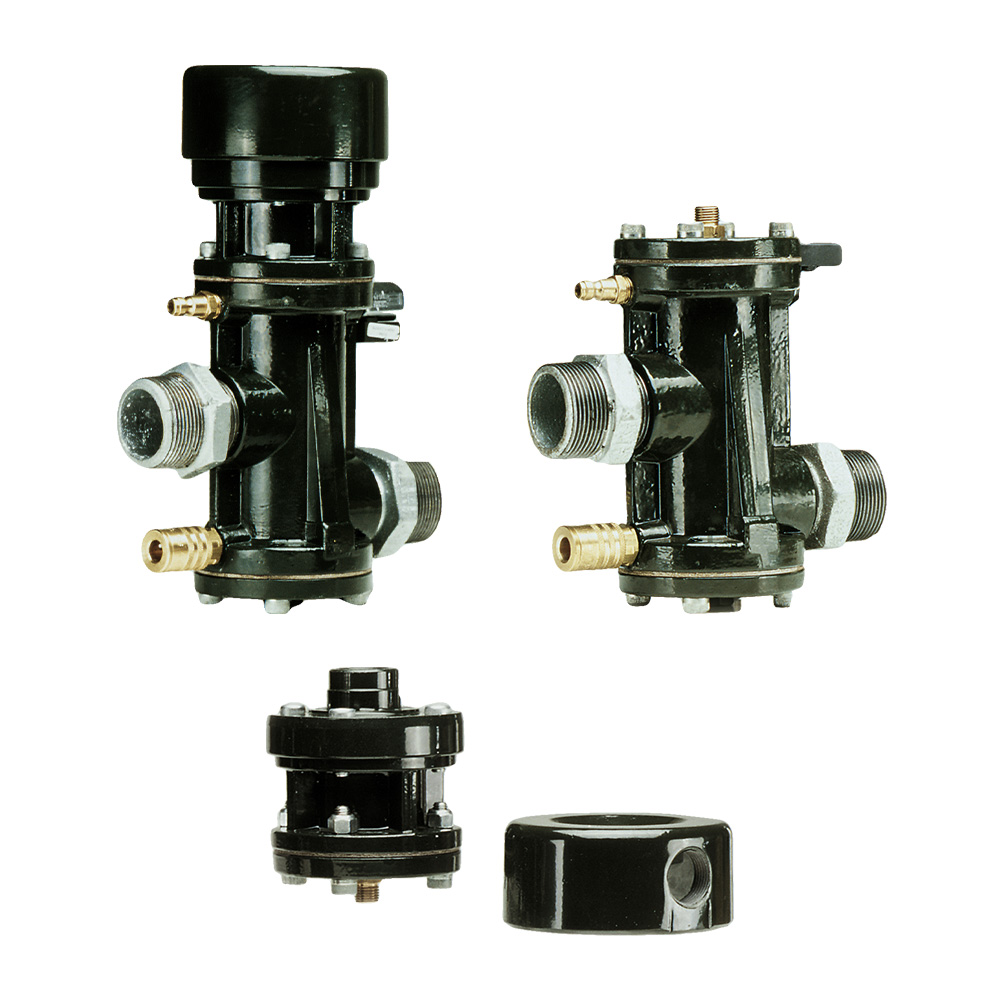Efficient Control Valves: Key Components for Reliable System Monitoring
Efficient Control Valves: Key Components for Reliable System Monitoring
Blog Article

Maximize Power Cost Savings and Convenience With Advanced Structure Automation Controls
In the realm of modern-day design and facility administration, the assimilation of advanced structure automation controls stands as a pivotal advancement. The merging of innovation and sustainability has birthed a brand-new era where energy efficiency, comfort optimization, and operational streamlining are no much longer distant goals but possible truths. By taking advantage of the power of automation, buildings can adjust, react, and advance in methods that were when inconceivable. The capacity for substantial power cost savings and boosted comfort is not simply a promise but a possibility waiting to be satisfied. This paradigm shift in building management holds the vital to opening a globe where environmental conscientiousness and resident well-being sympathetically exist together within the wall surfaces of our structures.
Energy Effectiveness Perks
Power effectiveness benefits can dramatically minimize energy usage and functional expenses in buildings. By applying energy-efficient practices and innovations, structure owners and drivers can accomplish considerable financial savings while also adding to environmental sustainability. One of the primary advantages of enhancing energy performance in buildings is the reduction of energy expenses. Energy-efficient systems, such as sophisticated structure automation controls, can optimize making use of resources like heating, cooling, and lights, resulting in lower energy costs over time.
Additionally, enhanced energy effectiveness can prolong the lifespan of structure equipment and systems. By running extra effectively, cooling and heating systems, lighting components, and other building parts experience less wear and tear, leading to decreased upkeep and replacement prices. Furthermore, energy-efficient buildings often regulate greater building values and rental prices, offering long-term economic advantages to owners.
In addition, energy effectiveness can enhance occupant comfort and efficiency. Correctly managed indoor settings with optimal lighting and thermal problems create an even more favorable and enjoyable work space, resulting in enhanced staff member fulfillment and efficiency. Overall, the energy effectiveness advantages associated with advanced structure automation controls are complex, encompassing expense financial savings, environmental stewardship, and resident wellness.
Improved Convenience Control
Enhancing comfort control in building settings calls for an advanced combination of innovative automation systems for ideal occupant well-being. By using sophisticated structure automation controls, centers can tailor the interior atmosphere to fulfill the details requirements and preferences of owners. These systems allow exact law of lighting, ventilation, and temperature, producing a effective and comfortable atmosphere. Owner complete satisfaction and efficiency are carefully linked to thermal convenience, making it important to have systems in position that can adapt to transforming problems in real-time.
By integrating these sophisticated controls, buildings can not just enhance convenience but also enhance power efficiency by enhancing system procedures based on actual tenancy and usage patterns. Eventually, focusing on resident convenience through sophisticated automation systems leads to an extra pleasurable and much healthier interior atmosphere.
Operational Effectiveness Improvements

Furthermore, the execution of check out this site real-time tracking and analytics devices enables building drivers to identify energy inefficiencies and operational abnormalities promptly. By constantly checking energy use patterns and system efficiency metrics, adjustments can be made in real-time to enhance power intake and make sure peak functional efficiency. control valves. Furthermore, including need response methods right into structure automation controls can even more improve functional performance by dynamically adjusting energy usage based on grid problems and rates signals
Indoor Environment Optimization
Efficient interior environment optimization is a basic aspect of building automation controls, making certain passengers' convenience and health while making best use of energy cost savings. By utilizing sophisticated sensing units and controls, developing automation systems can constantly check and readjust temperature, humidity degrees, air high quality, and air flow to develop an optimal interior atmosphere. Keeping regular and comfy problems not only improves passenger complete satisfaction but also boosts productivity and overall well-being.
Interior environment optimization likewise plays a vital function in power effectiveness. By fine-tuning air conditioning, heating, and ventilation systems based upon real-time information and tenancy patterns, constructing automation controls can dramatically minimize energy intake - control valves. Executing techniques such as demand-controlled air flow and thermal zoning can help decrease energy waste while making certain that each area of the structure obtains the needed conditioning.

Lasting Environment Creation
Building automation manages not just maximize interior environment conditions for energy efficiency and occupant convenience yet additionally lay the structure for developing a sustainable environment through strategic monitoring of systems and resources. By incorporating innovative building automation technologies, such as sensing units, actuators, and smart software program, centers can adjust and check power usage in real-time to reduce waste and minimize their carbon footprint. These systems make it possible for anticipating maintenance, recognizing prospective problems before they rise and maximizing equipment efficiency to improve longevity and effectiveness.
Furthermore, sustainable atmosphere production prolongs past energy monitoring to include water preservation, waste reduction, and interior air high quality improvement. Structure automation controls can regulate water usage, detect leakages, and guarantee proper waste disposal techniques, adding to total sustainability initiatives. Additionally, by controlling and keeping track of air flow and purification systems, these modern technologies enhance passenger wellness and productivity while reducing power usage connected with a/c procedures.
Conclusion
Finally, progressed building automation regulates deal substantial advantages in terms of energy cost savings, convenience control, functional efficiency, indoor climate optimization, and producing a lasting setting. By executing these controls, structures can attain optimal performance while decreasing energy usage and boosting owner comfort. It appears that using sophisticated automation modern technology is crucial in enhancing building performance and producing a much more sustainable future.
Power effectiveness advantages can dramatically lower power intake and functional prices in structures. On the whole, the power performance advantages connected with sophisticated building automation controls are diverse, including expense savings, ecological stewardship, and owner health.
Additionally, incorporating need feedback approaches right into building automation controls can better improve operational performance by dynamically readjusting energy use based on grid problems and rates signals.
Structure automation manages not only optimize interior climate problems for power efficiency and occupant convenience however also lay the structure for creating a lasting setting with tactical monitoring of sources and systems.In final thought, advanced building automation regulates offer significant advantages in terms of energy cost savings, comfort control, operational effectiveness, indoor climate optimization, and creating a sustainable environment.
Report this page